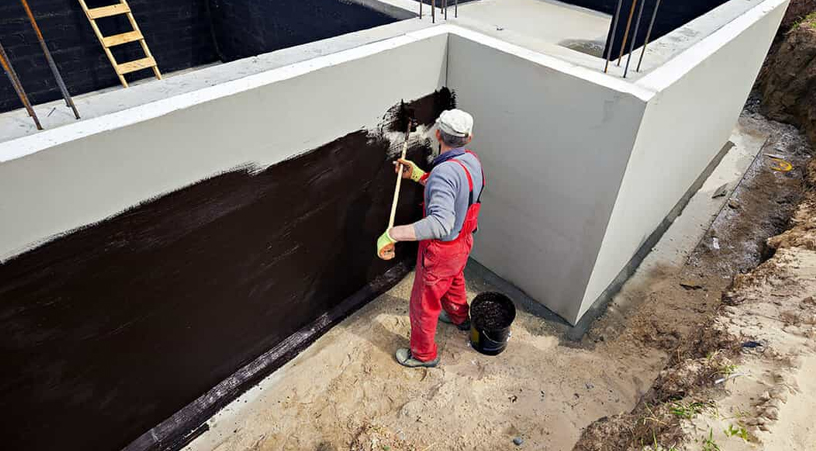- Office no 138,Bizz Bay, NIBM, Pune 411048
- info@smsenterprises.com
- +918983791910
Side Wall Waterproofing

Side Wall Waterproofing
Side wall waterproofing is a crucial process designed to protect vertical surfaces, such as the walls of buildings or structures, from water penetration, seepage, and moisture-related damages. Ensuring effective waterproofing of side walls is essential to prevent structural deterioration, mold growth, and potential interior damage caused by water ingressy.
Here's an overview of the process involved in side wall waterproofing:
-
Surface Preparation: The initial step involves preparing the side wall surfaces by cleaning them thoroughly to remove dirt, dust, debris, or any existing coatings. Repairing any visible cracks, gaps, or damaged areas is essential to ensure a smooth and even surface.
-
Identifying Problem Areas:Inspecting the side walls for potential vulnerabilities, such as cracks, joints, or areas prone to water seepage, is crucial. These areas are targeted for specific waterproofing treatments.
-
Waterproofing Material Selection:Choosing suitable waterproofing materials is critical based on factors like the wall construction material, environmental conditions, and the extent of water exposure. Various materials such as liquid membranes, cementitious coatings, elastomeric coatings, or sealants may be utilized.
-
Application of Waterproofing Materials:: Waterproofing materials are applied to the side wall surfaces using appropriate methods, such as spraying, rolling, or brushing. Multiple layers may be applied to ensure complete coverage and a robust seal against water intrusion
-
Sealing and Reinforcement:Special attention is given to sealing joints, edges, connections, and any openings where water could potentially penetrate. Reinforcing these areas with appropriate sealants or reinforcing materials strengthens the waterproofing system..
-
Curing and Drying:Allowing sufficient time for the applied waterproofing materials to cure and dry as per manufacturer recommendations is essential. This curing period ensures that the materials properly adhere and create a strong, water-resistant barrier.
-
Post-Application Inspection:A thorough inspection is conducted post-application to ensure uniform coverage, proper sealing, and address any missed spots or defects.
